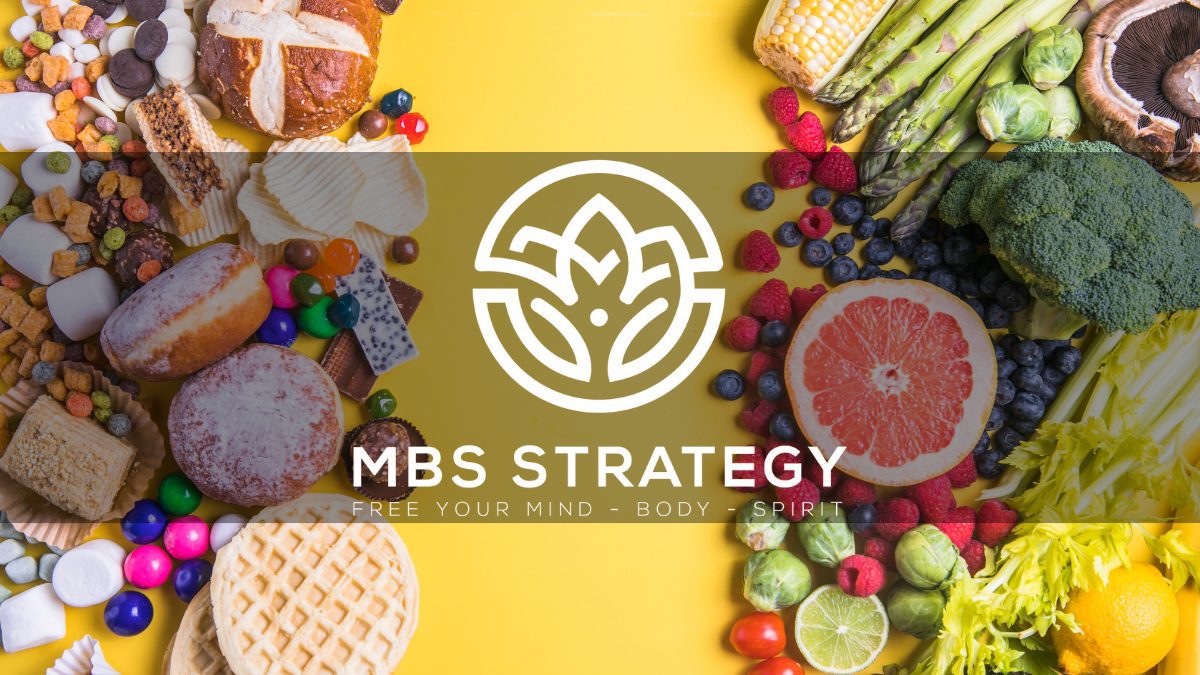In a world saturated with fad diets and quick fixes, flexible dieting stands out as a sustainable approach to weight loss. Unlike restrictive eating plans that demonize certain foods or food groups, flexible dieting focuses on moderation, balance, and understanding the role of calories in achieving and maintaining a healthy weight. This guide will walk you through the principles of flexible dieting, teach you about calories and their role in weight management, and provide practical tips on how to implement flexible dieting for effective and sustainable weight loss.
Understanding Calories and Weight Management
What is a Calorie?
A calorie is a unit of energy that our bodies derive from the food and beverages we consume. It’s essential to understand that calories are not inherently “good” or “bad”; they simply represent energy. Different foods provide different amounts of calories:
- Macronutrients and Calories:
- Proteins and Carbohydrates: Provide approximately 4 calories per gram.
- Fats: Provide approximately 9 calories per gram.
- Alcohol: Provides approximately 7 calories per gram (though not a nutrient, it contributes to total calorie intake).
Basal Metabolic Rate (BMR) and Total Daily Energy Expenditure (TDEE)
Before diving into how many calories you should consume for weight loss, it’s crucial to determine your Basal Metabolic Rate (BMR) and Total Daily Energy Expenditure (TDEE):
- BMR: This represents the number of calories your body needs to maintain basic bodily functions like breathing, circulation, and cell production at rest.
- TDEE: This is an estimate of how many calories you burn in a day, taking into account your BMR and your activity level.
Several online calculators can help you estimate your BMR and TDEE based on factors such as age, gender, weight, height, and activity level. Once you have these estimates, you can proceed to determine your calorie intake for weight loss.
How Many Calories Should You Eat to Lose Weight?
To lose weight in a healthy manner, you typically need to create a calorie deficit. This means consuming fewer calories than your TDEE, thereby prompting your body to use stored fat for energy. A safe and sustainable rate of weight loss is generally considered to be 0.5-1 kg (1-2 lbs) per week.
Calculating Your Caloric Deficit:
- Determine Your TDEE: Use an online calculator to find your Total Daily Energy Expenditure.
- Create a Caloric Deficit: To lose weight, you’ll need to consume fewer calories than your TDEE. A deficit of 500 to 1000 calories per day is often recommended for steady weight loss.
- For example, if your TDEE is 2000 calories per day, aiming to consume around 1500-1800 calories per day would create a deficit conducive to weight loss.
- Monitor and Adjust: Keep track of your progress and adjust your calorie intake as needed. Factors such as changes in weight, activity level, and metabolism may require adjustments to your calorie intake over time.
The Role of Macronutrients in Flexible Dieting
Flexible dieting isn’t just about counting calories; it also emphasizes the importance of balanced macronutrient intake. Macronutrients (protein, carbohydrates, and fats) play crucial roles in overall health and weight management:
- Protein: Essential for muscle repair and maintenance. Aim to include lean protein sources such as chicken, fish, tofu, beans, and legumes in your diet.
- Carbohydrates: Provide energy for daily activities. Opt for complex carbohydrates like whole grains, fruits, and vegetables, which provide fiber and essential nutrients.
- Fats: Important for hormone production and absorption of fat-soluble vitamins. Choose healthy fats such as avocados, nuts, seeds, and olive oil in moderation.
Practical Tips for Implementing Flexible Dieting
1. Track Your Intake:
- Use a food diary or a mobile app to track your daily calorie intake. This helps you stay mindful of portion sizes and ensures you’re meeting your macronutrient goals.
2. Practice Portion Control:
- Learn to estimate portion sizes to avoid overeating. Using tools like measuring cups, food scales, and visual references (e.g., a serving of meat is about the size of a deck of cards) can be helpful.
3. Embrace Variety:
- Incorporate a wide range of foods in your diet to ensure you get a variety of nutrients. This also helps prevent boredom and encourages adherence to your eating plan.
4. Plan Ahead:
- Meal planning and preparation can simplify your week and prevent impulsive, less healthy choices. Prepare meals and snacks in advance, making it easier to stick to your calorie and nutrient goals.
5. Allow for Flexibility:
- Flexible dieting allows for occasional indulgences without derailing your progress. Enjoy your favorite treats in moderation, and focus on overall balance rather than perfection.
Maintaining Long-Term Success
Flexible dieting is not just a short-term solution but a lifestyle approach to eating that can support long-term weight management and overall health. As you progress on your journey, remember:
- Consistency is Key: Stick to your calorie and macronutrient goals consistently over time.
- Monitor Progress: Regularly assess your weight and adjust your calorie intake as needed to continue progressing towards your goals.
- Seek Support: Connect with a registered dietitian or nutritionist if you need personalized guidance or have specific dietary concerns.
By understanding the principles of flexible dieting, mastering calorie management, and embracing a balanced approach to nutrition, you empower yourself to achieve sustainable weight loss without the constraints of traditional dieting. Remember, the goal is not just to lose weight but to cultivate a healthier relationship with food and a lifestyle that promotes overall well-being.
